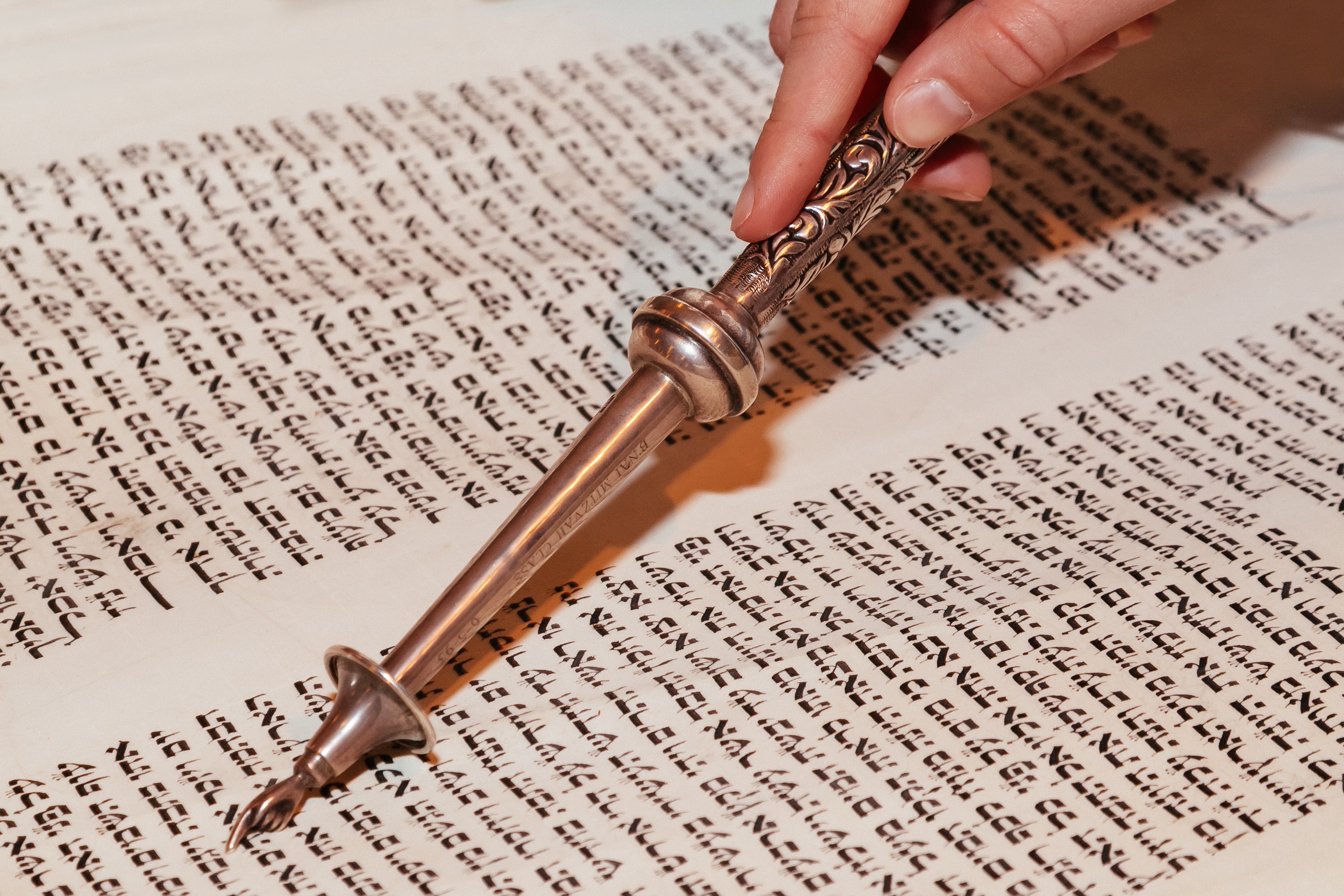How to Read a Book

You want to know how to read and understand the Bible. You suspect that reading the Bible might actually improve your life, but it seems so daunting. Because it has so many pages, and its layout is a bit unusual, you might think that reading it is different than reading other books.

The Bible is a book, like any other book, with pages, words, paragraphs, plots and themes. Sometimes it is difficult to understand but not impossible. And think how you will feel, as you grasp new ideas and understand them for the first time!
I’m going to give you a pattern for reading a book – any book – that is, on the surface, difficult to understand. You could use this for a textbook or for a technical journal. We will apply this pattern to the Bible.
So, go get your Bible. You’ll need a physical Bible of paper and ink. You cannot do what I am going to suggest with your phone, I-pad or laptop. Once you have understood how the Bible is put together, your phone Bible will make a bit more sense.
READY?

Open your Bible to the front. You might find a presentation page and a couple pages to record births and marriages and deaths. You can ignore these; they were added by the publishers.
1. Turn to the title page and the copyright page. In the Bible’s case, this will tell you that you have a translation, when that translation was done, and maybe who translated it. The Bible was written in Hebrew and Greek, with a little bit of Aramaic.

2. Skim the Contents Page. There might be a preface and explanatory notes. Don’t read these yet. Still on the Contents Page, you will see that the Bible is broken up into two major parts: The Old Testament and The New Testament. A ‘testament’ is a witness to events, like the testimony in a courtroom.
Under each testament, there are ‘books’ listed: 39 in the Old Testament and 27 in the New Testament, with the page numbers for finding each one. There might also be a few notes between the testaments, which will give historical information about what happened during the 400 years before the events in the New Testament took place.
3. Look at any end notes. Finally, at the bottom of the Contents Page, there will probably be listed some end notes: maybe tables & graphs, study notes, a dictionary, a concordance, and maps. Skip to the back of your Bible and look at those, briefly. I’ll tell you more about them in another blog.

4. Go back to the beginning and glance through the preface and explanatory notes. You don’t have to read them to begin reading the Bible. The editors, however, did think this information was pretty important, or they would not have put it at the front. These will give you information as to how you came to have the Bible in the form you are holding in your hands. They will also explain how they translated your Bible, and how they set up each book for you to understand better.
5. Turn to the first page of the text. ‘Genesis’ is the first book in the Bible. It is possible that you have some notes about it: timeline, author, a general summary, an outline, famous verses. Whatever you have here will be at the beginning of every book in the Bible. If you have none of it, that’s fine too. You could just begin reading. Later, you might decide to purchase a Bible that has some of those explanatory remarks.

6. Skim through the whole Bible. At this point, you would benefit from just flipping through your entire Bible, reading bits and pieces from it. You can take 5 minutes or an hour; either way, you will get an idea of what’s in it.
NOW!
You are ready to begin reading the Bible. You can start at the beginning with Genesis, and read it like any book. Keep in mind that it was written in a Middle Eastern culture about 3400 years ago. The stories took place even earlier. That information should help you deal with things that seem really unusual or puzzling or even downright wrong.
Another option would be to start in the New Testament with the book of Luke. I have written a reading plan for Luke with cultural and historical hints along the way.

Don’t give up. Watch for an upcoming blog, in which I will give you pointers on how to make your reading of the Bible more active and meaningful.